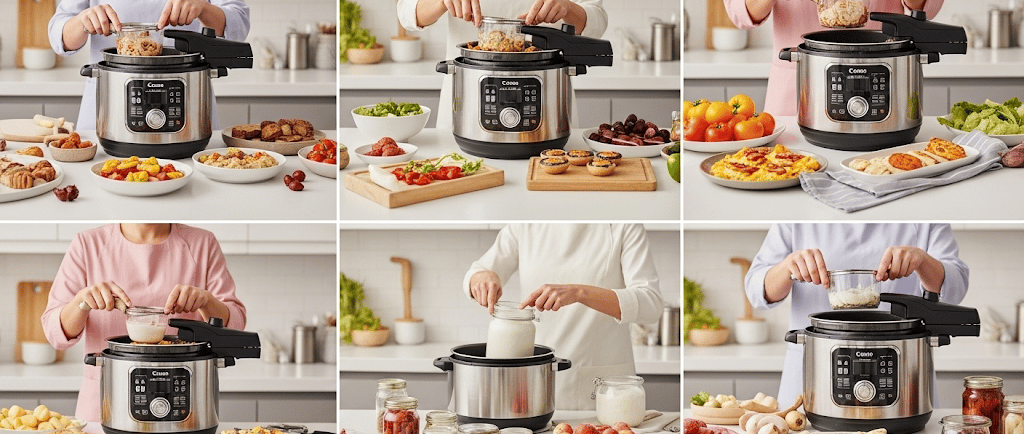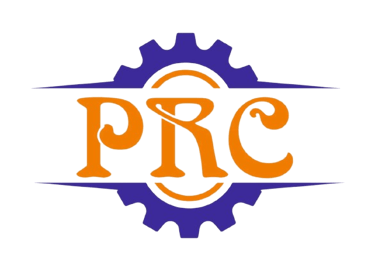Exploring the Versatile Pressure Cooker
Discover the integral role of pressure cookers in Indian kitchens, their evolution, types, and how to use them effectively. This post illustrates how these appliances have transformed cooking methods and meal preparation in modern households.
6/12/20252 min read


Introduction
The pressure cooker is a quintessential appliance in Indian kitchens, celebrated for its efficiency and versatility. From lentils to vegetables and rice, this magical pot has revolutionized meal preparation, making it quicker and more convenient. Let's delve into the fascinating world of pressure cookers, exploring their history, types, and proper usage to maximize their potential.
The History of Pressure Cookers
Early Beginnings
The concept of pressure cooking dates back to the 17th century when a French physicist invented the first pressure cooker. However, it wasn’t until the mid-20th century that they became popular in Indian households, primarily due to their ability to cook food quickly and retain nutrients.
Evolution in Design
Over the decades, pressure cookers have seen significant design improvements. From traditional heavy cast-aluminum models to lightweight stainless steel options with safety features, the evolution has made them user-friendly and safe.
Types of Pressure Cookers
Stovetop Pressure Cookers
Stovetop models are the most common in Indian kitchens. They rely on the heat from the stove to build pressure, which is released manually using a weight or safety valve. They are versatile and can be used for various cooking tasks.
Electric Pressure Cookers
The advent of electric pressure cookers has taken convenience to the next level. These appliances come with preset cooking functions, timers, and safety locks, making them ideal for busy lifestyles. They allow for slow cooking, sautéing, and even rice cooking, making them multi-functional.
Multi-cookers
Many modern electric pressure cookers double as multi-cookers, meaning they can also function as rice cookers, steamers, and slow cookers. This versatility saves space in the kitchen and adds value for the home cook.
Benefits of Using a Pressure Cooker
Time-saving
One of the biggest advantages is the time saved in the kitchen. Pressure cookers can significantly reduce cooking times, cooking lentils in as little as 10 minutes and whole meals in under an hour.
Retaining Nutrients
Cooking under pressure also helps retain more nutrients compared to other cooking methods. The sealed environment ensures that vitamins and minerals remain in the food instead of being lost in the cooking water.
Enhancing Flavors
Pressure cooking can enhance the flavors of spices and ingredients, resulting in rich, flavorful dishes that require less cooking time. This is particularly beneficial for Indian cuisine, which relies heavily on spices.
Tips for Using a Pressure Cooker Safely
Always Check the Seals
Ensure that the rubber gaskets or grommets are in good condition to prevent leaks. Regularly check seals for wear and replace them when necessary.
Know the Right Amount of Liquid
Pressure cookers require a minimal amount of liquid to create steam. Always follow guidelines to ensure safe pressure cooking.
Release Pressure Correctly
Familiarize yourself with the different methods of pressure release: quick release for delicate foods and natural release for tougher ingredients.
Conclusion
The pressure cooker is more than just a kitchen utensil; it's a time-saving ally for busy cooks. Whether you opt for a traditional stovetop model or a modern electric version, mastering the pressure cooker can elevate your cooking game, making flavorful, nutritious meals accessible in a fraction of the time.
Proyojani Repairing Centre
Premium appliances for every culinary enthusiast's needs.
© 2025. All rights reserved.
Contact
117/B Hemchandra Naskar Road, Phoolbagan, 700010
